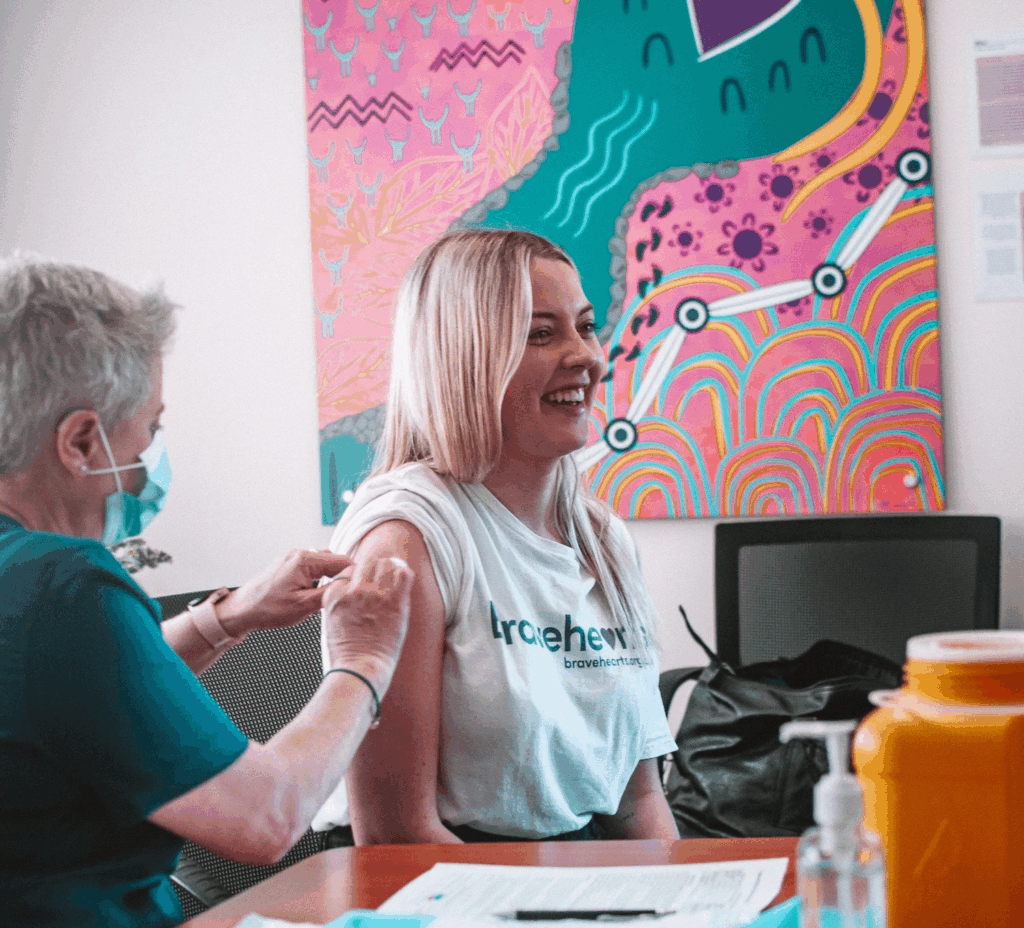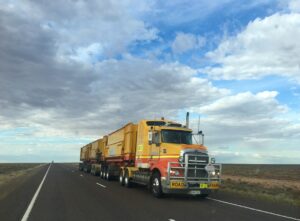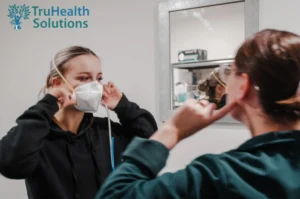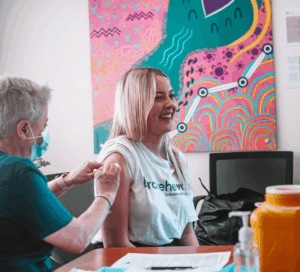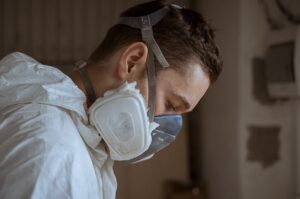Australian businesses have a clear legal and moral duty to send every worker home in the same—or better—condition than when they arrived. Pre-employment health screening provides a proven way to honour that duty. When carried out by an experienced provider like TruHealth, these assessments make sure each candidate can meet the inherent requirements of the role, reduce preventable injuries, lift productivity and reinforce a culture of care. With Safe Work Australia estimating that work-related injuries cost the economy billions of dollars every year, a robust screening program is no longer a “nice to have”—it is a strategic investment in people, profitability and brand reputation.
Understanding Pre-Employment Health Screening
Pre-employment health screening, sometimes called an occupational health assessment, is a suite of medical, physical and functional tests performed before a candidate starts work. The aim is simple: match the right person to the right job and identify any health risks early. Depending on the role, a screening might include a musculoskeletal examination, audiometric testing, spirometry, drug and alcohol screening, vision checks or a cardiovascular review. Each assessment is evidence-based and job-specific. By tailoring the process to the hazards present in Australian mining, construction, logistics and manufacturing, employers gain reliable data on whether an individual can safely perform critical tasks from day one.
| Component | Why It Matters in Australian Workplaces |
|---|---|
| Medical and social history questionnaire | Captures current conditions or medications that could affect safety or performance in demanding environments. |
| Musculoskeletal assessment | Confirms capacity to lift, bend and twist—key for roles involving manual handling on mine and construction sites. |
| Functional capacity testing | Provides objective strength, flexibility and endurance metrics to reduce musculoskeletal injury claims. |
| Audiometric examination | Detects early hearing loss common in loud workshops and ensures compliance with state WHS noise regulations. |
| Spirometry | Evaluates lung function for dusty or chemical-exposed settings, protecting long-term respiratory health. |
| Vision testing | Ensures drivers and machine operators maintain the acuity required for split-second decisions. |
| Drug and alcohol screening | Reduces impairment-related incidents and satisfies stringent chain-of-responsibility rules in transport. |
The Tangible Benefits for Employers and Employees
Research from the Australian Bureau of Statistics confirms that around six per cent of workers report a job-related injury each year. That figure climbs in physically demanding sectors, exposing companies to workers’ compensation costs, downtime and reputational risk. A well-structured screening program addresses the root causes of many common incidents. Candidates with underlying back or cardiovascular issues can be redirected to roles with fewer physical demands, preventing expensive claims before they occur. Productivity gains follow naturally when healthy, job-fit employees spend more time on task and less time recovering from avoidable injuries.
Employees benefit as well. Early detection of high blood pressure, impaired lung function or hearing loss gives individuals the chance to seek treatment before problems escalate. Knowing their employer values health builds trust and strengthens engagement—all critical drivers of retention in a competitive labour market. By focusing on individual capacity rather than blanket exclusions, pre-employment health screening also supports diversity and inclusion objectives. The process is designed to find safe ways for people of different abilities to contribute, provided essential job requirements can still be met.
Compliance, Risk Management and Australian Legal Frameworks
Under the national Work Health and Safety Act 2011, employers must eliminate or minimise risks to health so far as is reasonably practicable. State and territory regulators, such as SafeWork NSW and WorkSafe Victoria, echo this duty through industry-specific codes. Pre-employment screening offers clear, documented evidence that a business has identified task-related hazards and taken reasonable steps to control them.
Anti-discrimination statutes—including the Disability Discrimination Act 1992 and the Age Discrimination Act 2004—require that any assessment be directly related to the inherent requirements of the role. TruHealth’s clinicians structure every screening around functional demands rather than protected attributes, ensuring fair treatment while still prioritising safety. Privacy obligations under the Privacy Act 1988 are met by storing records on secure, Australian-based servers, with access limited to authorised personnel.
In New South Wales, Government Sector Employment Rule 9(3) restricts health assessments to circumstances where they are genuinely needed to determine role fitness. Similar principles apply across Australia, reinforcing that screening must be reasonable, transparent and evidence-driven. By partnering with a provider that understands these nuances, employers reduce the likelihood of successful unfair discrimination claims and strengthen their defence should a workers’ compensation dispute arise.
How TruHealth Delivers Effective Occupational Health Assessments
TruHealth operates a nationwide network of fixed clinics supported by mobile units that travel to regional mine sites, construction camps and distribution hubs. Our multidisciplinary team—comprised of occupational physicians, physiotherapists and occupational health nurses—follows a standardised protocol validated against Australian best practice guidelines. Results are delivered through the TruHealth Digital Portal, giving HR managers real-time visibility of candidate status while maintaining strict medical confidentiality. Turnaround times average forty-eight hours, allowing fast hiring decisions without compromising due diligence.
Unlike many providers, TruHealth integrates mask-fit testing, respirator medical clearance and functional capacity assessments into a single appointment. This one-stop model minimises candidate time away from other commitments and reduces scheduling headaches for recruiters. Where potential risks are identified, our clinicians supply clear, actionable recommendations—such as tailored graduated onboarding plans—helping managers accommodate valuable talent safely.
Real-World Success: A Mining Contractor’s Screening Journey
A Queensland-based surface mining contractor recently engaged TruHealth to overhaul its onboarding process after a spike in manual-handling injuries. Over four weeks, 146 prospective dump-truck operators and maintenance technicians completed the TruHealth pre-employment health screening. Twenty-three candidates presented with pre-existing lower-back conditions. Rather than exclude them outright, TruHealth’s physiotherapists conducted additional functional capacity tests and provided the employer with precise lifting and mobility profiles. Eleven candidates were reassigned to plant operation roles with reduced manual lifting, while the rest commenced a graduated conditioning program overseen by onsite physios.
Six months later the contractor reported a sixty-per-cent fall in lost-time injuries and a substantial reduction in overtime costs previously incurred to cover injured workers. The project manager credited TruHealth’s data-driven screening and clear communication with enabling smarter role allocation and more proactive health management.
Frequently Asked Questions About Pre-Employment Health Screening
Why can’t I simply rely on a candidate’s disclosure of medical conditions?
Self-reporting is valuable but not always complete. A structured occupational health assessment uncovers conditions the candidate may not realise are relevant, allowing evidence-based role matching and risk reduction from day one.
How often should pre-employment screenings be updated?
The initial assessment remains valid until a role changes significantly or the employee moves into a position with different physical or environmental demands. Many organisations supplement the original baseline with periodic health surveillance to capture emerging risks.
Is drug and alcohol screening mandatory across all industries?
Not universally, but industries governed by chain-of-responsibility legislation—such as road transport and rail—face strict impairment rules. Even where not mandated, testing is increasingly adopted as a best practice to uphold safety and public confidence.
Does screening delay the hiring process?
With TruHealth’s digital booking and rapid reporting, most clients receive a clear fitness-for-work recommendation within forty-eight hours, keeping recruitment cycles lean while strengthening due diligence.
Ready to Protect Your Workforce? Let TruHealth Help
Pre-employment health screening is more than a compliance exercise; it is a strategic pillar for safer, more productive Australian workplaces. By partnering with TruHealth, employers gain access to industry-leading clinicians, nationally consistent protocols and data-rich insights that turn compliance into competitive advantage. If you are ready to reduce injuries, lift productivity and demonstrate genuine care for every new team member, contact TruHealth today to design a tailored occupational health assessment program for your organisation.

